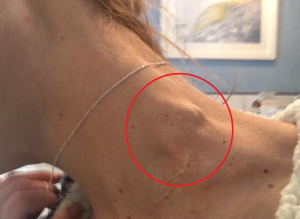
According to a new study led by Children’s Hospital of Philadelphia, a regulatory class of human T cells descended from two distinct origins, one related to autoimmunity and one related to protective immunity (CHOP). The findings, which were published today in Science Immunology, could pave the way for new treatments for autoimmune diseases that selectively target the immune system.
Germinal centers (GCs) are spherical collections of cells within the tonsils, lymph nodes, and spleen that orchestrate interactions between Tfh and B cells. FOXP3+ T follicular regulatory (Tfr) cells control the action within these GCs. Although Tfr cell function is likely important for immunologic health, and their dysfunction is a potential contributor to a variety of disease states, few studies have examined the biologic roles of human Tfr cells, and none have addressed where they come from or how they develop within tissues.
To address this issue, the researchers used a combination of computational, in vitro, and in vivo techniques led by Carole Le Coz, PhD, a former postdoctoral researcher in the Romberg Lab, to describe the originsGerminal centers (GCs) are spherical collections of cells within the tonsils, lymph nodes, and spleen that orchestrate interactions between Tfh and B cells. FOXP3+ T follicular regulatory (Tfr) cells control the action within these GCs. Although Tfr cell function is likely important for immunologic health, and their dysfunction is a potential contributor to a variety of disease states, few studies have examined the biologic roles of human Tfr cells, and none have addressed where they come from or how they develop within tissues.
To address this issue, the researchers used a combination of computational, in vitro, and in vivo techniques led by Carole Le Coz, PhD, a former postdoctoral researcher in the Romberg Lab, to describe the origins,






